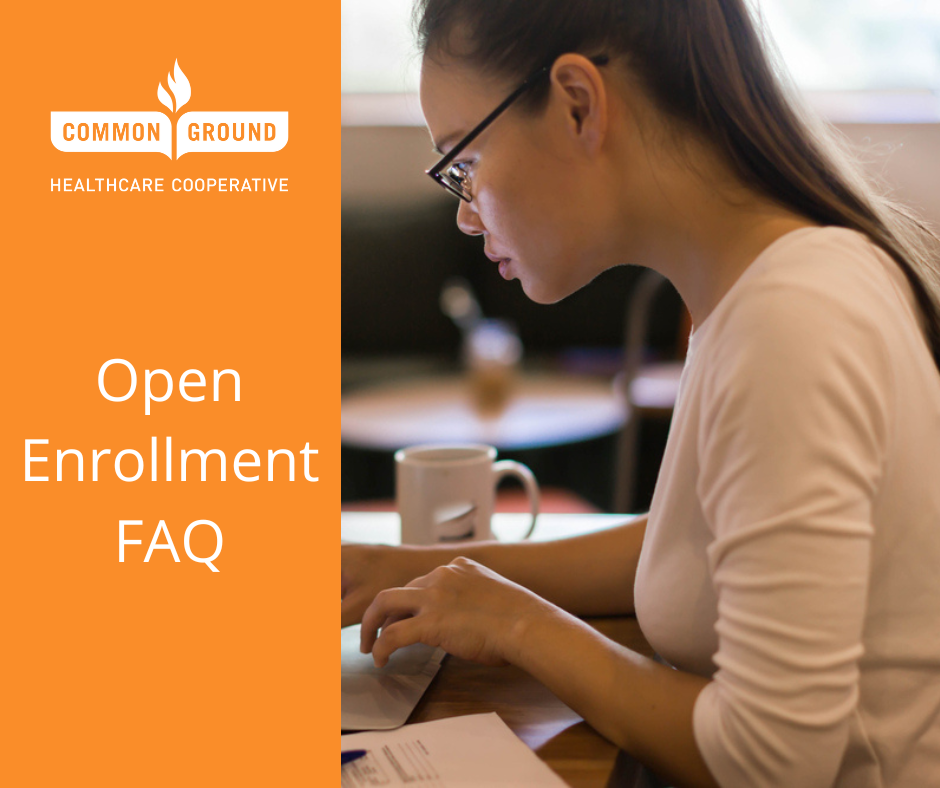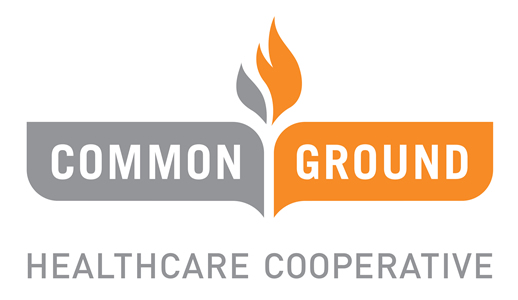
02 Nov Are You Ready for Open Enrollment?
It’s open enrollment time! But what exactly is open enrollment and what information do you need to know? Our open enrollment guide walks you through the basics so you can choose a plan that’s right for you.
Health insurance protects you from unexpected, high medical costs and offers you peace of mind. Open enrollment is a great opportunity to review your current health insurance and research plan options that fit your needs and budget for the coming year.
What is open enrollment?
Open enrollment is a specific time period each year when individuals and families can enroll in or make changes to their health insurance benefits. (This is for individuals and families who purchase plans on their own, not through an employer.) The only other time changes can be made to individual and family plans is if you experience a qualifying life event.
What is a qualifying life event?
A qualifying life event (QLE), is defined as a change in your living situation that can make you eligible for a special enrollment period (SEP), allowing you to enroll in or update your health insurance outside the regular open enrollment timeframe, but within a specified time surrounding the QLE.
Life events that qualify for a SEP include one of the following:
-
-
- Marriage
- Birth or adoption of a child
- Separation or divorce
- Death in the family
- Move to a new location
- Involuntary loss of previous coverage
-
When does open enrollment occur?
The 2025 individual and family Health Insurance Marketplace ® (Exchange) and off-Exchange open enrollment period runs from November 1 to January 15.
What does a health insurance plan cover?
Under the Affordable Care Act (ACA), plans must provide at least 10 essential benefits:
-
-
- Preventive and wellness care, including chronic disease management
- Ambulatory or “outpatient” services, such as blood tests and biopsies often done in a doctor’s office
- Emergency services
- Hospitalization
- Maternity and newborn care
- Mental health and substance use disorder services
- Prescription drugs
- Rehabilitative services and devices
- Laboratory tests
- Pediatric services, including oral and vision care
-
Insurance plans may also offer additional benefits beyond those that are legally required. You can find this information on each plan provider’s website.
Important Questions to Ask When Choosing a Plan:
Are your doctors and hospitals in the plan’s network?
Check to see if your preferred primary care or specialist provider and a pharmacy near your home are included in the plan’s network (note – these will be separate directories). If they aren’t, depending on the type of plan that you purchase, you may have to pay for some or all of the costs of services, treatments, or medications if you continue to use these providers. That means you must use the providers in our network, except in an emergency, for your benefits to apply.
How much is the monthly premium?
Premium is a fixed cost that you pay to an insurance company each month for coverage – whether or not you use medical and pharmacy services.
Your plan will also require you to share the cost for the services that you use. Your out-of-pocket cost-sharing responsibilities will include copayments (copays), deductibles and/or coinsurance and other costs that vary based on the services that you receive. Combined, the premium plus out-of-pocket costs makes up the total cost of health care. You’ll want to consider both types of costs when selecting a health plan.
What is the plan’s deductible?
A health insurance deductible is the amount you pay for covered health care services before your insurance plan starts to pay. A good rule of thumb is plans with a high deductible will most likely have a lower monthly premium, while plans with lower deductibles often have higher monthly premiums.
Note – some preventive care services will be exempt from deductibles.
What are the copays or coinsurance costs?
Depending on your plan, you may be responsible for out-of-pocket expenses even after you reach your deductible. These can include:
-
-
- Coinsurance: a percentage of costs you must pay for a medicine or service, or
- Copay: flat fees you are required to pay for prescriptions or covered services
- View the plan’s Schedule of Benefits for details about the out-of-pocket costs you will need to pay.
-
Are your prescriptions covered?
If you take a medication on a regular basis, it’s smart to confirm that the drug(s) you take will be covered by your insurance. Each insurer has a formulary (list of medicines) that are covered by the plan. If your prescription is not included on the formulary, you may need to switch to an alternative drug for your benefits to apply. If not, you may need to pay 100% of the costs for the drug and it will not count toward our maximum out of pocket (MOOP).
What if I don’t enroll?
If you don’t enroll in an ACA-compliant health insurance plan by the end of open enrollment, your options for buying health insurance will be limited. You may need to wait until the next open enrollment period unless you qualify for a Special Enrollment Period.
So, it’s best to enroll sooner rather than later!
To learn more about coverage available with Common Ground Healthcare Cooperative, go to our Looking For Insurance page or call 855.494.2667. Are you a current member looking to renew your coverage, You can find more information in your renewal packet in the Pay My Premium Portal.
Back to blog.


